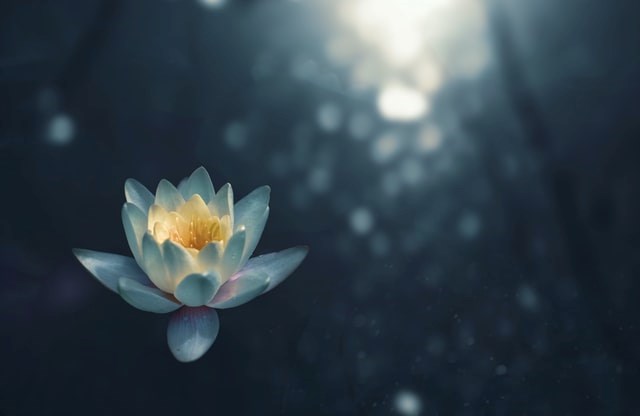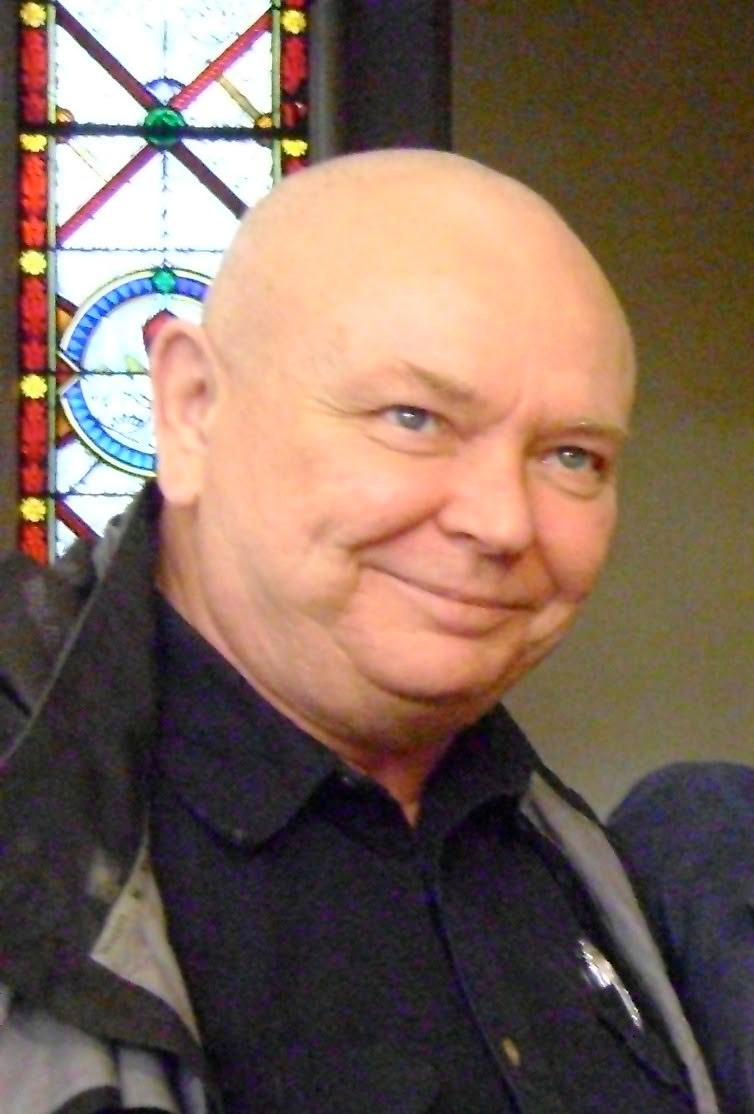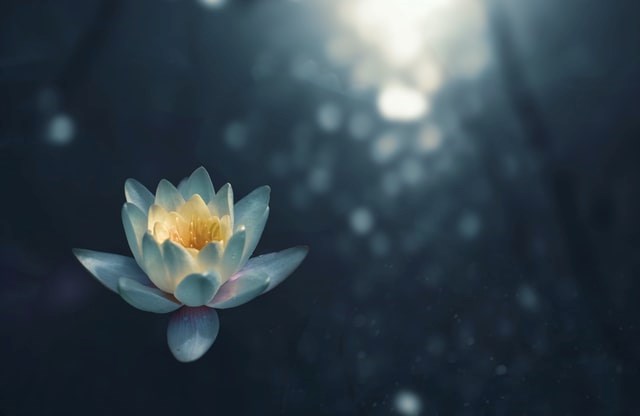 In general we are struggling with the need to find better ways to live together. There have always been harmful, maybe horrible events and beliefs as well as paradigms driven by greed, hatred and even sociopathic delusion. Basic kindness and fairness drives all social institutions in the effort to reduce their presence and effects. Eventually, though, society finds a 'tolerable' level of such unwholesome existents even while genuinely finding them abhorrent and illegal. This is a kind of society wide equilibrium where the deep-seated values are operational but efficient; an operational consensus.
In general we are struggling with the need to find better ways to live together. There have always been harmful, maybe horrible events and beliefs as well as paradigms driven by greed, hatred and even sociopathic delusion. Basic kindness and fairness drives all social institutions in the effort to reduce their presence and effects. Eventually, though, society finds a 'tolerable' level of such unwholesome existents even while genuinely finding them abhorrent and illegal. This is a kind of society wide equilibrium where the deep-seated values are operational but efficient; an operational consensus.
My Zen tradition claims that it is the study of the self that is the first instruction of the middle path of Buddhism. Study of the self takes place in meditation, because in meditation we forget the self. When the self is forgotten we become open to a myriad of possibilities. This openness, this receptivity then begins to influence how we move along our own path. The path that Buddhism calls enlightenment or the Bodhisattva path intimately connects each individual with all other people.
It is this basic sense of interconnectedness that allows a projection of personal practice as a potential societal determinant. The composure we bring to our own lives also finds embodiment in our community. It is a question of numbers, then. If enough people in our society cultivated the skills of receptivity and self-study through meditation, then the historical momentum of greediness, hatred and just plain foolishness might abrogate enough to save us from self-destruction.
The operational consensus of a homogeneous society will not promote cohesion in a highly diverse society. Our culture, western cultures in general, have swiftly had to welcome diversity. At a theoretical level almost everyone does, but frequently attitudes that in the homogeneous past went unexamined in the transient present provoke trouble. Non-acceptance or defiance of gender axioms, for example, may not be compatible with the ideal vision of living together.
Indeed, wherever rigid axioms are widely accepted, harm ensues. The harm is not always violent or vandalic but usually a result of erosion of convivial inclusivity. Even our most fundamental points of past agreement such as right and wrong and good versus evil, are failing to be inclusive enough in practice to co-opt important demographics and even serve to encourage sectarian conflict and violence. Violence, whether justified or not, ruins the quality of life, the conviviality factor, for everyone.
It is short sighted and dangerous to allow whole segments of society to feel that they have no stake in our collective prosperity and advancement. To have no stake is to have nothing to lose by disrupting the status quo. We should always have something to lose when we disrupt the status quo. It allows our intentions to remain authentic. That way, the result of our disruption will not be so harmful. I am very admiring of the meditators in our community who, in recent months, have been demonstrating against the various pipelines, old growth harvesting and in support of widespread female outrage over the fashionable, new contempt for the powerless. The presence of serious meditators in the community of activists will help dissipate the impatience that often accompanies outrage and fear and usually produces harmful effects.
 Wayne Codling is a former Zen monastic and a lineage holder in the Soto Zen tradition. He teaches Zen style meditation in various venues around Victoria. Wayne’s talks and some writings can be found on his blog http://sotozenvictoria.wordpress.com/
Wayne Codling is a former Zen monastic and a lineage holder in the Soto Zen tradition. He teaches Zen style meditation in various venues around Victoria. Wayne’s talks and some writings can be found on his blog http://sotozenvictoria.wordpress.com/
You can read more articles on our interfaith blog, Spiritually Speaking, HERE
Photo of water lily by Zoltan Tasi on Unsplash



